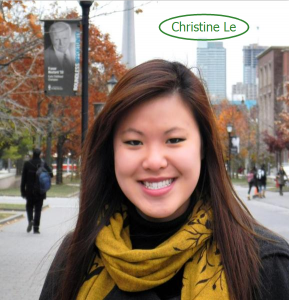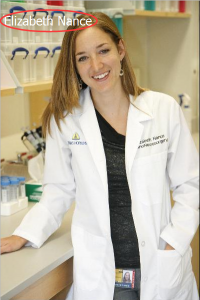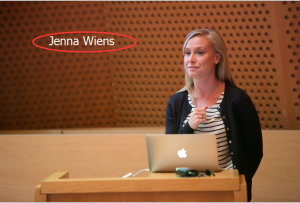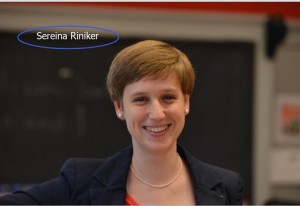At the beginning of 2015, Forbes did a series report of 30 under 30, in which there is 30 under the age of 30 young scientists that are going to change the world”. Some of them focus on Physical Medicine, some on discovering new planet, the others are trying to decipher the genomes of human and other creatures. Today, we are going to introduce some of these great scientists.
25-Year-Old Christine Le, PhD of University of Toronto
Le is an organic chemist studies mainly on how to improve the efficiency of the catalytic reaction. She tries to reuse catalyst so as to reduce the number of hazardous wastes in pharmaceutical or chemical industry. She advocates the use of rhodium in chemical catalysis to speed up the production of the eight pharmaceutical compounds. It is worth mentioning that one of the products in this reaction is an anti-cancer drug that is under testing.
29-Year-Old Elizabeth Nance, postdoctoral research scholar of John Hopkins University
Elizabeth developed the first nanoparticle(most drugs cannot get through “BBB” which has a protective effect) that can penetrate deeply into the brain. These nanoparticles may be able to help doctors collect information in the brain safely, and can achieve better imaging. Even a newborn’s brain can use such nanoparticles. She is currently testing on animals with the hope to cure stroke, autism, cerebral palsy and other diseases.
25-Year-Old Rob Parrish, PhD of Georgia Institute of Technology
In theory, the calculation method can help us design drugs on computer. However, real mathematics is too complex that it is usually inaccurate to display drugs with simulation. Therefore, scientists do not know how to create the desired molecules. Parrish is testing Siri, hoping that this software can tell chemists where to position carbon atoms so as to achieve their goals.
29-Year-Old Sereina Riniker, Assistant Professor of Zurich Federal Institute of Technology
Sereina is the youngest professor of ETH Zurich. He uses the calculation method to process G protein-coupled receptors. These cell receptors play a role as the marker of 40% of modern drugs. After we better understand these receptors, we can depict their image and predict changes on their shape. In this way, we will be able to know what can be bundled on receptors to create better drugs.
28-Year-Old Jenna Wiens, Assistant Professor of University of Michigan
Clostridium difficile is a bacterium that is resistant to many drugs in general. This bacterium brings great challenges to many hospitals. Jenna is studying how to use machine learning techniques to identify patients, and identify those who are much more susceptible to this type of bacteria. Thus, hospitals can stop infection.





